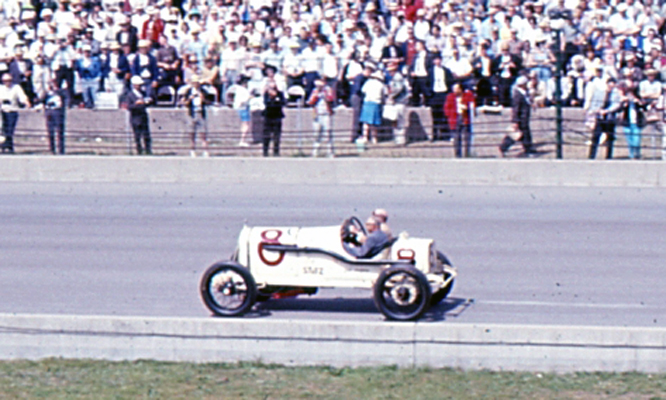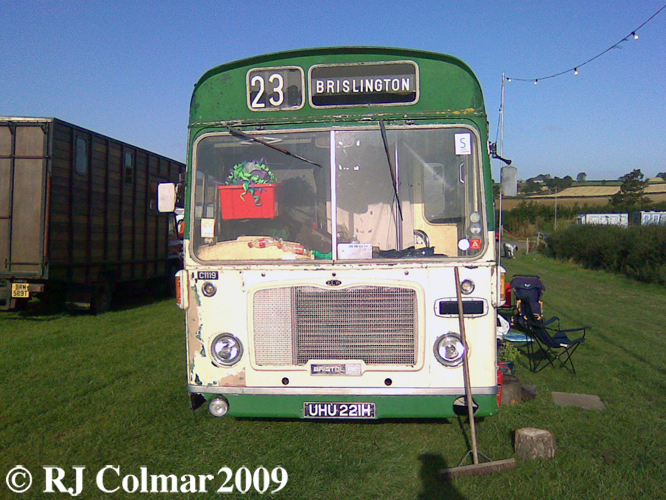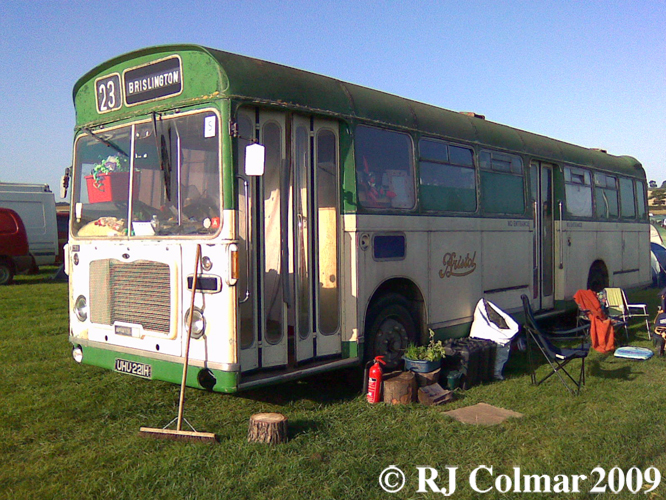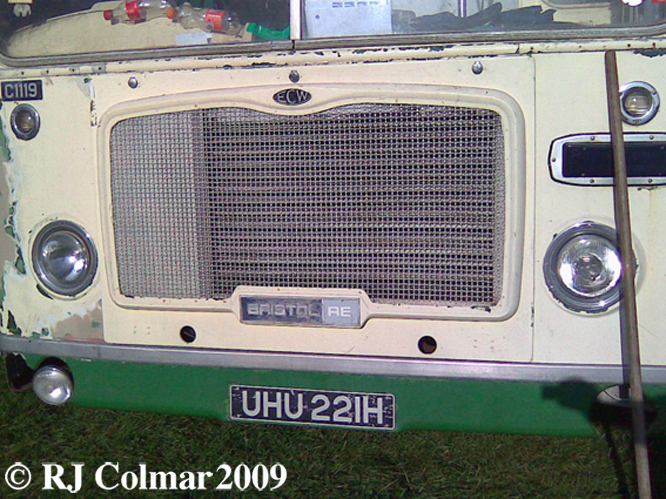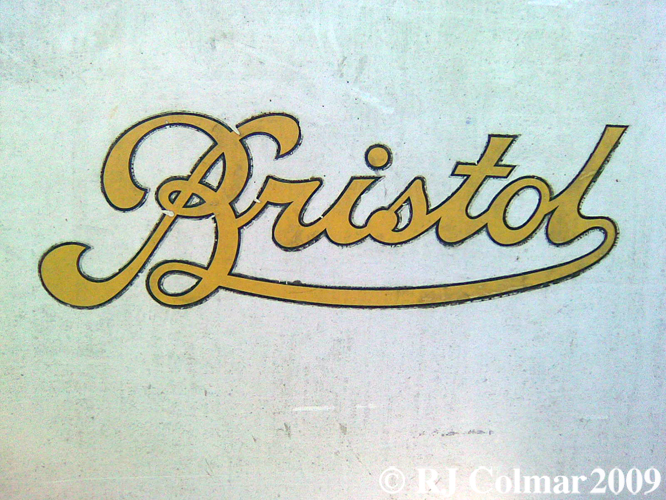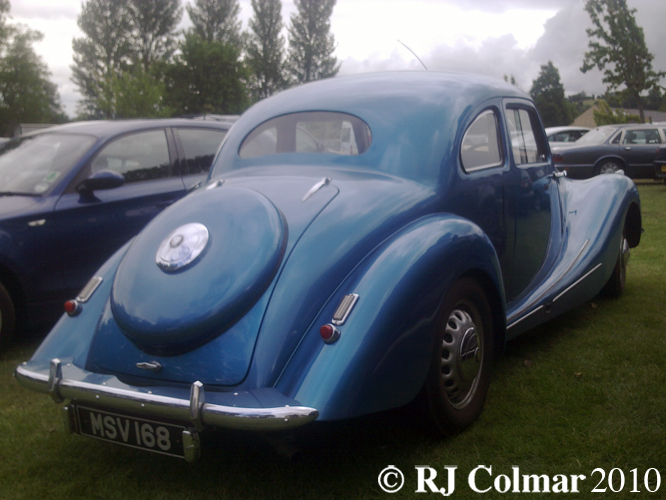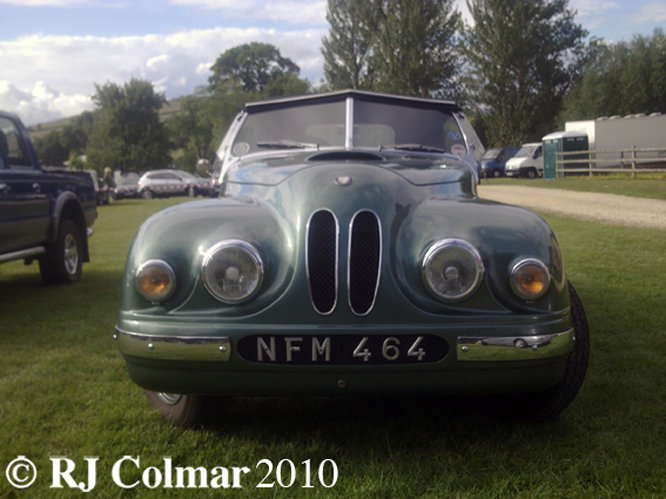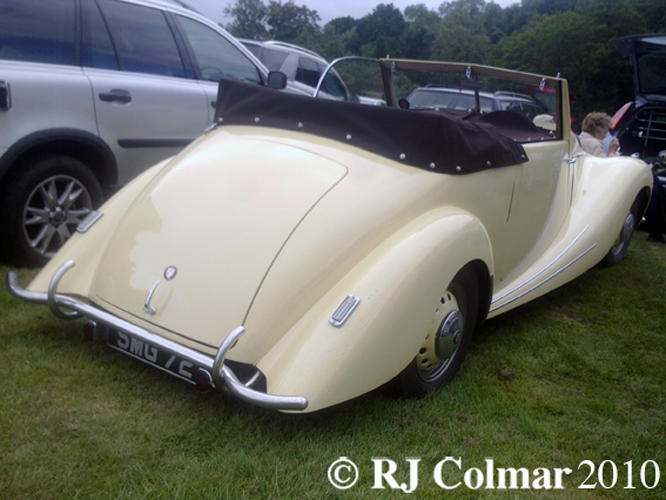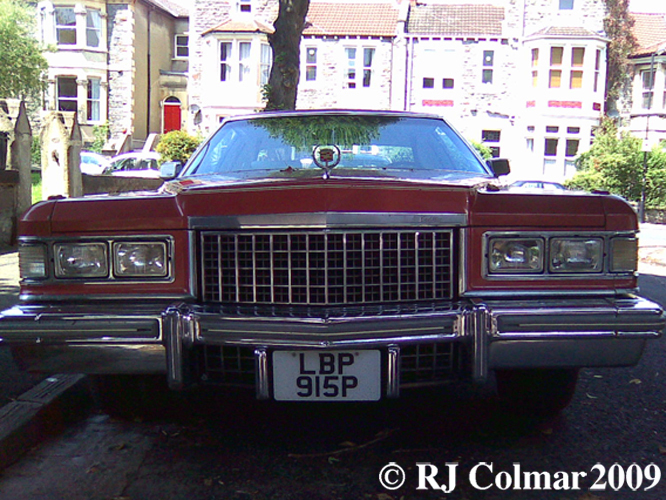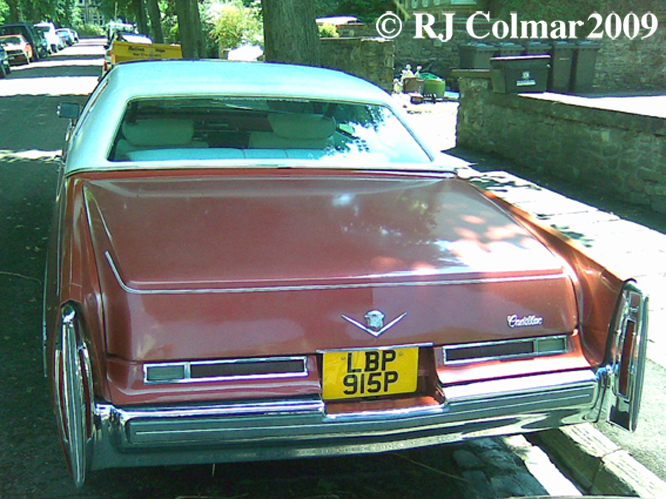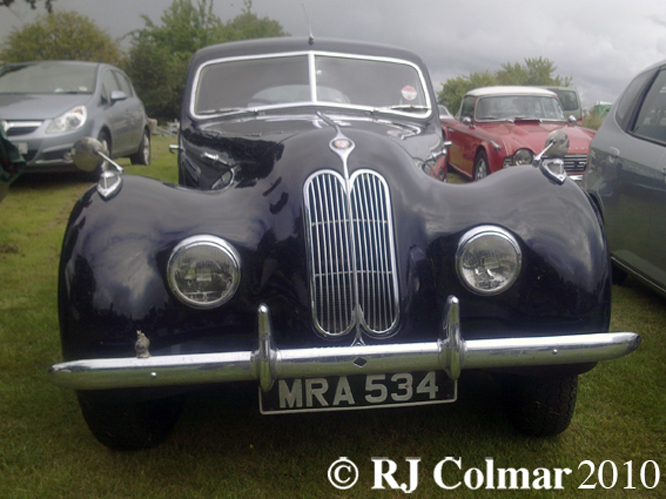Moving forward a year from yesterdays post today we are looking at this well known 1915 Stutz White Squadron Racer thanks to another photograph by Ed Arnaudin.
The Ideal Motor Company was founded in 1911 by Harry Stutz who entered a vehicle called a Stutz powered with a Wisconsin Motor in the very first Indianapolis 500 in 1911.
Despite having under gone no testing of any sort in preparation for the race Norwegian Gil Anderson started in tenth, qualifying was decided by the order in which the entries were received (!), and completed the full 200 laps in a creditable 11th, the first finisher not to receive any prize money. The entrepreneurial Stutz claimed the result a victory with the strap line ‘the car that made good in a day’.
In 1912 Charlie Merz brought his Wisconsin powered Stutz home in 4th and in 1913 went one better with a 3rd place finish. For 1914 Barney Oldfield brought his Stutz home 5th in the ‘500’ again using a Wisconsin engine.
Harry Stutz developed an engine based on the classic 115hp 1914 Mecedes Grand Prix car complete with single overhead cam and 4 valves per cylinder in 1915 and it is this type of vehicle we see in Ed’s photograph taken in 1964.
This car was driven and later owned by White Squadron driver Earl Cooper who’s story is no less fascinating than his cars. Nebrasken Earl got into racing by borrowing a customers Maxwell in 1904 after the proprietor of the Maxwell dealership Earl was working for refused to sponsor him.
Cooper won first time out beating his boss in the same race which earned him a victory garland and unemployment in the process. Earl decided to pursue racing and by 1912 formed a successful partnership with Stutz securing his first of three eventual AAA National Championships winning 5 out of 8 road races in 1913.
Sidelined for most of the 1914 season and a good part of the early 1915 season for some, as yet unknown to me, medical condition Earl came back strongly with a forth place at Indianapolis going on to win one of two events held at Elgin, IL and a 500 mile speedway race at Snelling MN to take his second championship aboard this particular Stutz.
After winning the war interrupted 1917 Championship Earl retired from full time racing in 1919 only to return in 1922 taking five wins in 1923. Cooper led much of the 1924 Indy 500 only for two separate punctures to force him to settle for a second place finish.
In May 1925 Cooper became the first man to lap Indianapolis at over 110 mph he started that race 4th but finished 17th after leading 4 laps and eventually crashing. Despite starting on pole for his final race at Indianapolis in 1926 Earl’s car suffered transmission failure and by 1928 he had retired for good aged 42.
Earl became a team manager building Cooper front wheel drive racing cars, one of which competed at Indianapolis into the the 1940’s. He also reacquired the car seen in this photograph in 1938, restored it and then donated it to the Collection of the Natural History Museum of Los Angeles who appear to have loaned the car to the Petersen Museum in LA where it is mostly to be found on display.
My thanks to Steve Arnaudin for sending me the scan of his Dad’s slide and to E.B. of The Nostalgia Forum for identifying this vehicle.
Hope you have enjoyed this AAA Champions edition of ‘Getting a lil’ psycho on tyres’ and that you will join me again tomorrow for a look at the first of two very different Studebakers. Don’t forget to come back now !

